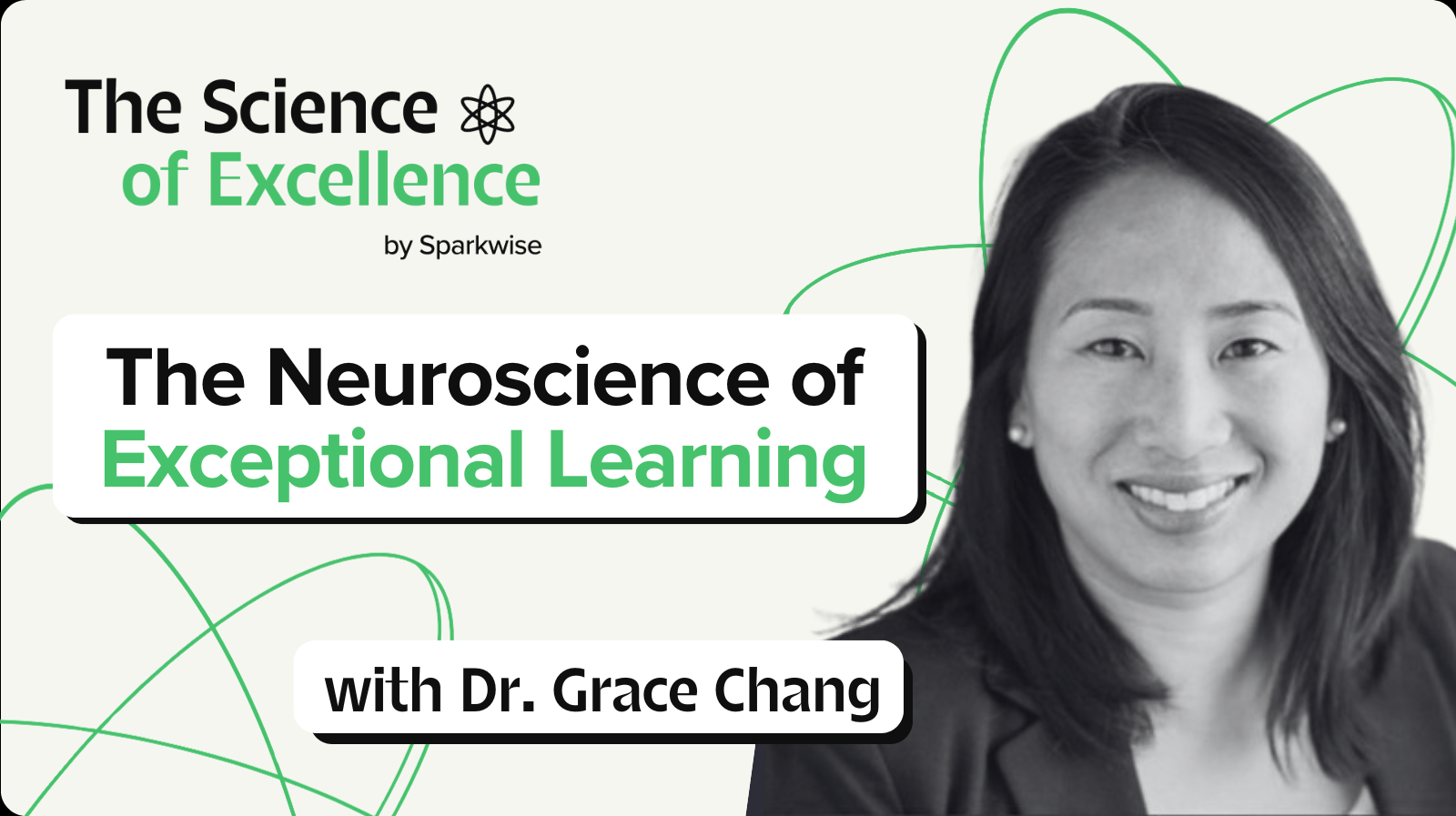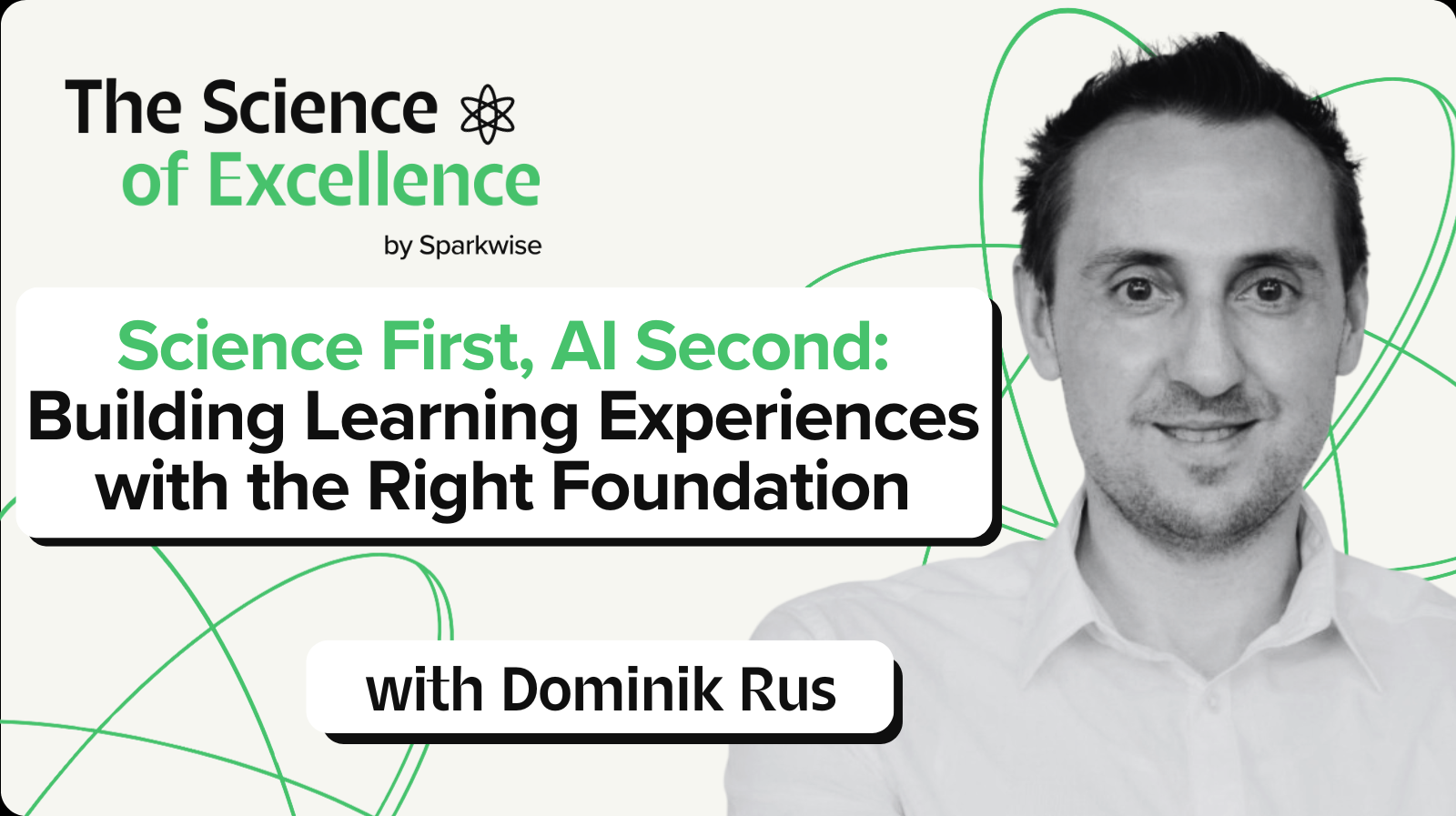In this episode, I spoke with Femi Adebayo, who leads talent development at DHL where they support personal growth for 600,000 employees globally. His approach centers on what he calls the "inner journey" and "outer journey" of development, balancing individual reflection with external challenges and feedback.
Femi shared how DHL has built a culture where personal development isn't just encouraged but embedded in daily operations. From CEOs asking about individual development plans to new AI-powered tools that help employees discover opportunities across 600,000+ global positions, their approach offers lessons for scaling development at enterprise level.
These 5 insights stood out from our conversation:
- Balance Inner Reflection with Outer Challenges
- Make Development Part of Leadership DNA
- Help Align Personal Goals with Company Values
- Create Visible Growth Opportunities
- Use Technology to Scale Development Access
1. Balance Inner Reflection with Outer Challenges
In Femi's Words: "Personal development is about intentionally going through a certain journey in life that gets you in a better place than you were before. When you talk about the inner journey, it's about having introspection. The outer journey involves you as an individual and other people. Either you are getting feedback around your growth or learning, or you are getting coaching, or you are intentionally placing yourself in a challenging environment that allows you to continuously learn."
Personal development requires both inward reflection and outward engagement. The inner journey involves setting goals, reflecting on experiences, and understanding where you want to go. The outer journey involves feedback, coaching, and deliberately seeking challenging situations that force growth.
Most development programs focus heavily on one side or the other. Femi's framework recognizes that sustained growth requires both elements working together. You need the introspection to understand your goals and the external challenges to actually develop new capabilities.
2. Make Development Part of Leadership DNA
In Femi's Words: "One of the humbling moments for me that I've had here is hearing the regional CEO and my country's CEO just talk about the importance of having an individual development plan. So when you sit with them, you want to talk about their career, they would ask you, what's your plan? What are the things you want to work on? What does your individual development plan look like?"
Leadership behavior determines whether development becomes the norm or just another policy on paper. At DHL, development conversations aren't relegated to HR, they're part of how senior leaders naturally interact with their teams.
When CEOs consistently ask about development plans and leaders spend entire days discussing employee growth in talent reviews, it signals that development matters at the organizational level. This top-down modeling creates permission and expectation for development conversations throughout the organization.
3. Help Align Personal Goals with Company Values
In Femi's Words: "We want the personal goals and the company goals to align. The fundamental part is what is the job that I'm doing today and how does it align with my purpose in life if I know that or my personal values. How is this job that I'm doing today or how is this company that I'm working for today aligns with my personal values?"
Perfect alignment between personal and organizational goals is rare, but value alignment is essential. Femi focuses on helping employees understand how their current role connects to their personal values and long-term aspirations, even if the specific work isn't their ultimate career destination.
This approach prevents development from becoming a retention trap where organizations try to force-fit every employee goal into company needs. Instead, it creates honest conversations about where alignment exists and helps both employees and managers make better decisions about development investments.
4. Create Visible Growth Opportunities
In Femi's Words: "It's one thing for you to want people to grow, it's another thing that you actually have the opportunity for them to grow. Fast forward or go back 10 years, joining this company, I wasn't just told that there are opportunities here. Like I saw them. You think about how global this organization is, you see nothing but growth opportunities."
Growth motivation requires visible proof that advancement is possible. Employees need to see concrete examples of people who have progressed, not just hear promises about development opportunities.
DHL's global scale provides natural visibility - employees can see colleagues moving between functions, countries, and roles. But smaller organizations can create similar visibility by highlighting internal success stories, creating mentorship programs, and ensuring that promotion decisions are transparent and merit-based.
5. Use Technology to Scale Development Access
In Femi's Words: "We just recently launched a tool that's gonna allow about 600,000 people that work for DHL globally to be able to search and apply for jobs within the groups, in any country, in any function. The platform also tells them what skills are needed for that job. They're able to compare it with what skills they have right now and what skills they need to develop to get to that other job."
Technology becomes essential for scaling development beyond small teams. DHL's AI-powered career marketplace allows employees to discover opportunities they never would have known existed and understand exactly what skills they need to develop to reach their goals.
This technological approach solves the scale problem that many large organizations face—how to provide personalized development guidance to hundreds of thousands of employees. The key is using technology to create self-service tools that empower individual exploration rather than replacing human development conversations.
Until next time,
Vince


.png)

.png)





.png)


.png)









.png)












.png)